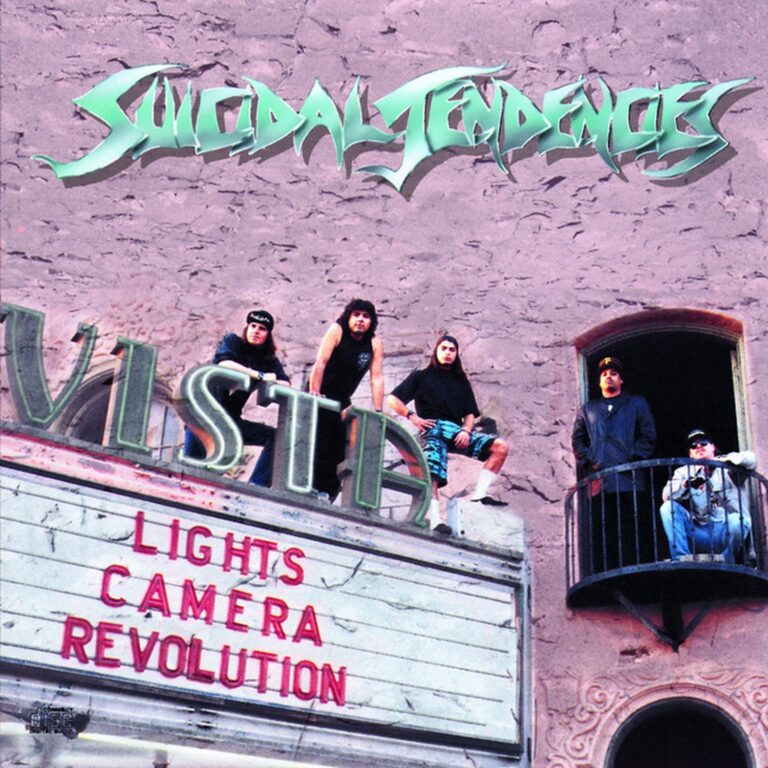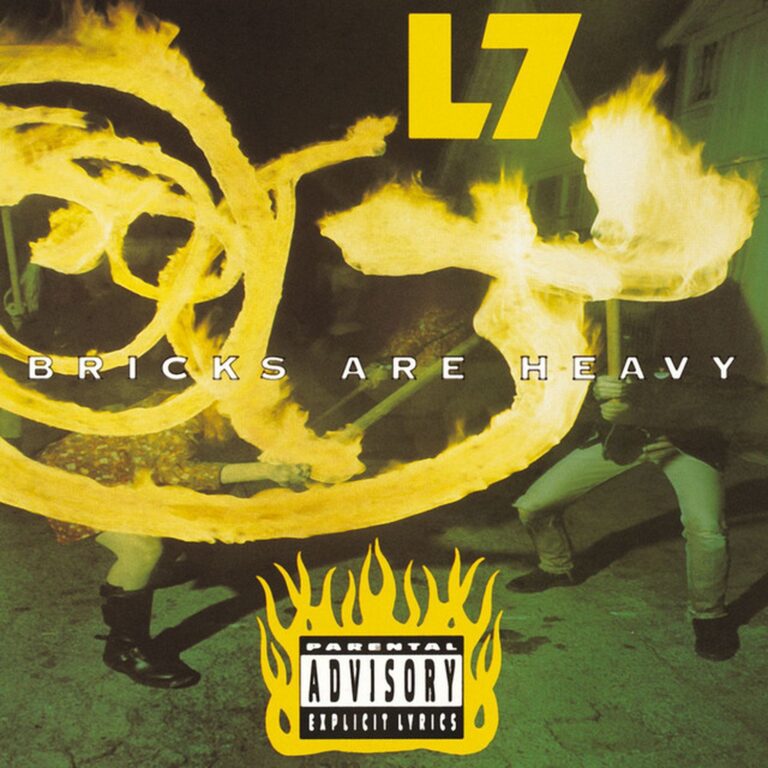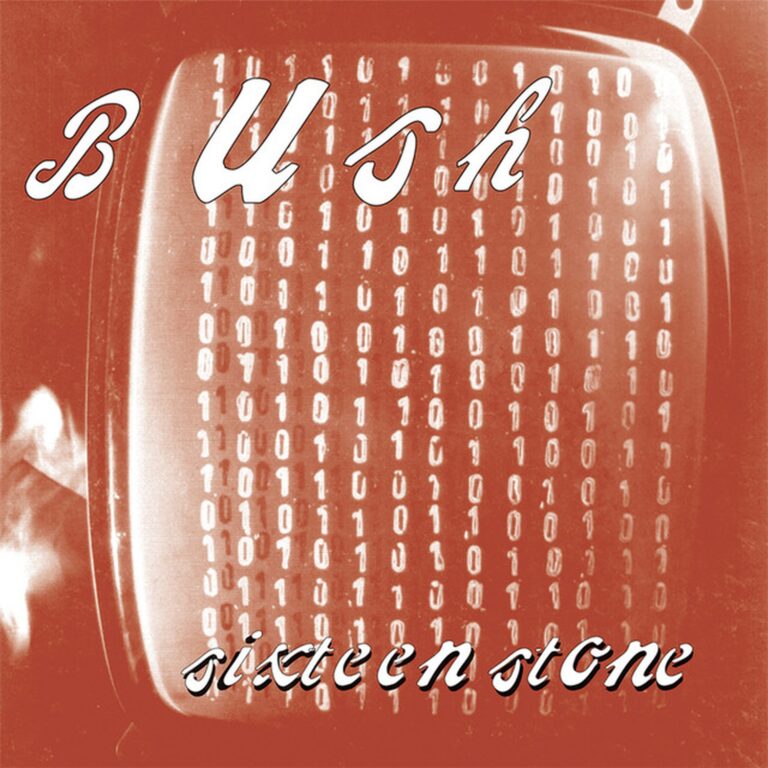
Introduction
Van Halen’s album “1984” stands as a landmark in rock history. Released on January 9, 1984, it marked a pivotal moment for the band, blending hard rock with synth-driven sounds. The album not only propelled Van Halen to new heights but also influenced the music industry at large. This article delves into the creation, impact, and enduring legacy of “1984”.
We will explore the genesis of the album, the recording process, its commercial success, and critical reception. Additionally, we will analyse the tracks, themes, and lyrics, and discuss the promotional strategies and touring that followed its release. Finally, we will reflect on the album’s influences and legacy, providing a comprehensive look at why “1984” remains relevant today.
| Attribute | Details |
|---|---|
| Release date | January 9, 1984 |
| Album title | 1984 |
| Genre | Hard Rock, Synth Rock |
| Total runtime | 33:14 |
| Number of tracks | 9 |
| Record label | Warner Bros. |
| Recording studio | 5150 Studios, California |
| Producer(s) | Ted Templeman |
The album’s impact is profound, selling over 10 million copies in the U.S. alone and peaking at number two on the Billboard 200. Eddie Van Halen’s use of synthesizers marked a departure from the band’s earlier sound, yet it proved to be a masterstroke. “Jump,” the lead single, became Van Halen’s only number one hit on the Billboard Hot 100. As Eddie himself noted, “We were ready to do something different, and it worked.” This blend of innovation and commercial success cements “1984” as a timeless classic.
The Genesis of “1984”
The creation of “1984” unfolded in a vibrant musical landscape. The early 1980s saw the rise of synthesizers in rock music, and Van Halen was keen to explore this new frontier. Prior to “1984”, the band had already established a formidable reputation with albums like “Van Halen” and “Fair Warning”. These works laid the groundwork for the experimentation that “1984” would embrace.
The primary creative force behind the album was Eddie Van Halen, whose innovative guitar work and keyboard prowess drove the album’s sound. David Lee Roth’s charismatic vocals, Alex Van Halen’s powerful drumming, and Michael Anthony’s solid bass lines completed the ensemble. Notably, the album was recorded at 5150 Studios, a state-of-the-art facility built by Eddie himself.
The album’s title, “1984”, was a nod to George Orwell’s dystopian novel, reflecting a sense of urgency and innovation. The cover art, featuring a cherubic angel smoking a cigarette, was designed by Margo Nahas. It perfectly encapsulated the rebellious spirit of the album. Financially, the project was backed by Warner Bros., with a budget that allowed for the use of cutting-edge technology.
| Band Member | Instrument/Role |
|---|---|
| Eddie Van Halen | Guitar, Keyboards |
| David Lee Roth | Vocals |
| Alex Van Halen | Drums |
| Michael Anthony | Bass, Backing Vocals |
Recording Process
The recording of “1984” took place at 5150 Studios, a facility designed to foster creativity. The sessions began in mid-1983, with producer Ted Templeman at the helm. Known for his work with the Doobie Brothers, Templeman brought a wealth of experience to the project. The studio’s cutting-edge technology allowed for a polished and dynamic sound.
The studio was equipped with a range of advanced hardware, including Neumann U87 microphones and SSL mixing desks. Eddie’s guitar setup featured his iconic “Frankenstrat” and a Marshall Plexi amp, delivering the distinctive Van Halen tone. The recording process was smooth, with the band embracing the new synthesizer elements alongside their traditional rock sound.
Despite the innovative approach, the sessions were not without challenges. The integration of synthesizers was met with initial resistance from some band members. However, Eddie’s vision prevailed, resulting in a groundbreaking sound. Templeman, reflecting on the experience, remarked, “It was a new direction, but it felt right.” This collaboration between band and producer was instrumental in the album’s success.
| Equipment | Details |
|---|---|
| Microphones | Neumann U87 |
| Mixing Desk | SSL Mixing Desk |
| Guitar | Frankenstrat |
| Amplifier | Marshall Plexi |
Commercial Performance and Reception
Upon its release, “1984” was met with both commercial and critical acclaim. It reached number two on the Billboard 200, second only to Michael Jackson’s “Thriller”. The album’s singles, particularly “Jump”, achieved significant chart success, with “Jump” reaching number one on the Billboard Hot 100. This commercial triumph was complemented by positive reviews from critics.
Critics praised the album’s innovative use of synthesizers and Eddie Van Halen’s virtuosity. Rolling Stone described it as “a bold step forward”, while AllMusic highlighted its “catchy hooks and electrifying guitar work”. The album’s success was further solidified by its Diamond certification, signifying over 10 million copies sold in the U.S.
The album’s influence extended beyond commercial metrics. It inspired a new wave of rock bands to incorporate synthesizers into their music, paving the way for a more diverse rock sound. This legacy is evident in the works of bands like Bon Jovi and Def Leppard, who followed Van Halen’s lead in blending rock with pop elements.
| Studio Album | Year | Sales Data |
|---|---|---|
| Van Halen | 1978 | 10 million |
| Van Halen II | 1979 | 5 million |
| Women and Children First | 1980 | 3 million |
| Fair Warning | 1981 | 2 million |
| Diver Down | 1982 | 4 million |
| 1984 | 1984 | 10 million |
| 5150 | 1986 | 6 million |
| OU812 | 1988 | 4 million |
| For Unlawful Carnal Knowledge | 1991 | 3 million |
| Balance | 1995 | 3 million |
In 1984, several other notable albums were released, including Powerslave by Iron Maiden and Ride the Lightning by Metallica. These albums, alongside “1984”, defined the rock and metal landscape of the time. Van Halen’s “1984” was recognised with numerous awards, including a Grammy nomination for Best Rock Performance. Its legacy endures, influencing countless artists and shaping the evolution of rock music.
Track Analysis
The singles released from “1984” include “Jump”, “Panama”, “I’ll Wait”, and “Hot for Teacher”. Each track showcases the band’s versatility and musical prowess. “Jump”, released on December 21, 1983, became an instant hit, while “Panama” and “I’ll Wait” also enjoyed commercial success. “Hot for Teacher” is celebrated for its iconic music video and energetic performance.
The following table provides an overview of the album’s tracks and their meanings:
| Track Name | Length | Writing Credit |
|---|---|---|
| 1984 | 1:07 | E. Van Halen |
| Jump* | 4:04 | E. Van Halen, A. Van Halen, D. Lee Roth, M. Anthony |
| Panama* | 3:31 | E. Van Halen, A. Van Halen, D. Lee Roth, M. Anthony |
| Top Jimmy | 2:59 | E. Van Halen, A. Van Halen, D. Lee Roth, M. Anthony |
| Drop Dead Legs | 4:14 | E. Van Halen, A. Van Halen, D. Lee Roth, M. Anthony |
| Hot for Teacher* | 4:44 | E. Van Halen, A. Van Halen, D. Lee Roth, M. Anthony |
| I’ll Wait* | 4:41 | E. Van Halen, A. Van Halen, D. Lee Roth, M. Anthony, M. McDonald |
| Girl Gone Bad | 4:35 | E. Van Halen, A. Van Halen, D. Lee Roth, M. Anthony |
| House of Pain | 3:18 | E. Van Halen, A. Van Halen, D. Lee Roth, M. Anthony |
* “Jump”, “Panama”, “I’ll Wait”, and “Hot for Teacher” were singles. “Jump” reached number one on the Billboard Hot 100, while “Panama” and “I’ll Wait” both peaked at number 13. “Hot for Teacher” reached number 56.
Song Meaning and Lyrics
The lyrics of “1984” explore themes of rebellion, desire, and escapism. “Jump” encourages listeners to take risks and seize opportunities. The iconic line, “Might as well jump,” symbolises breaking free from constraints. The song’s upbeat tempo and synthesizer riff amplify this message of liberation.
“I’ll Wait” is a more introspective track, exploring themes of longing and anticipation. Co-written with Michael McDonald, it showcases a mature sound with its synthesizer-driven melody. The lyrics reflect a yearning for connection, adding depth to the album’s overall theme of desire.
“Panama” blends imagery of fast cars and a carefree lifestyle, while “Hot for Teacher” captures the exuberance of youth and rebellion. The latter’s lyrics are playful and tongue-in-cheek, adding a touch of humour to the album. These songs exemplify Van Halen’s ability to craft memorable, engaging narratives.
Touring and Promotion of 1984
The promotion of “1984” was a masterclass in marketing. The band leveraged music videos, live performances, and strategic releases to maximise the album’s reach. The video for “Jump” became iconic, enhancing the song’s popularity. Live performances showcased the band’s dynamic energy and musical prowess.
The 1984 tour was extensive, featuring 62 shows across the United States and Canada. It kicked off on January 18, 1984, in Jacksonville, Florida, and concluded on September 2, 1984, in Nuremberg, Germany. The tour included notable performances at the Monsters of Rock festival, further solidifying Van Halen’s status as rock legends.
Van Halen toured with acts like Autograph and The Velcros, creating a memorable concert experience for fans. The tour was marked by high-energy performances and innovative stage setups, showcasing the band’s commitment to delivering unforgettable live shows. This tour played a crucial role in the album’s enduring success.
Influences and Legacy
“1984” was shaped by various musical influences, including hard rock and emerging synth-driven sounds. Eddie Van Halen cited artists like Allan Holdsworth and the use of synthesizers as key inspirations. The album’s blend of rock and synth elements influenced countless artists and genres.
The following table highlights some of the influences on “1984” and artists who were subsequently influenced by the album:
| Influences on “1984” | Artists Influenced by “1984” |
|---|---|
| Allan Holdsworth | Bon Jovi |
| Synth Rock | Def Leppard |
| Hard Rock | Motley Crue |
The year 1984 was a transformative period in music and culture. Globally, significant events included the launch of the Macintosh computer and the Los Angeles Olympics. In music, artists like Prince and Bruce Springsteen released seminal works, further enriching the cultural landscape. “1984” by Van Halen remains a defining album of this era, its influence resonating through the decades.
Five Things about 1984
Here are five intriguing facts about “1984” that highlight its unique place in music history:
| Fact | Details |
|---|---|
| Synth Innovation | Eddie Van Halen’s use of synthesizers was initially controversial but became a defining feature. |
| Chart Success | “Jump” was Van Halen’s only number one hit on the Billboard Hot 100. |
| Album Artwork | The cover art was created by Margo Nahas and features a cherubic angel smoking. |
| Diamond Certification | “1984” was certified Diamond, selling over 10 million copies in the U.S. |
| Monsters of Rock | The band headlined the Monsters of Rock festival, showcasing their global appeal. |
Media and Television Usage
The songs from “1984” have found their way into various media, enhancing their cultural impact. The table below lists known uses of these tracks in movies and television:
| Song Title | Media | Year |
|---|---|---|
| Jump | This Is Us | 2018 |
| Panama | Superbad | 2007 |
| Hot for Teacher | Family Guy | 2011 |
Critical Reviews and Retrospectives
“1984” has been the subject of numerous reviews and retrospectives, often praised for its innovation and influence. Critics have highlighted its blend of rock and synthesizer elements, with Rolling Stone describing it as “a daring fusion of styles”. The album’s impact continues to be celebrated in various publications.
The following table summarises notable reviews and scores:
| Publication | Review Score | Notable Quotes |
|---|---|---|
| Rolling Stone | 4/5 | “A daring fusion of styles.” |
| AllMusic | 5/5 | “Electrifying guitar work.” |
| Pitchfork | 8.5/10 | “Innovative and influential.” |
After 1984
Following the release of “1984”, Van Halen underwent significant changes. David Lee Roth departed the band in 1985, leading to the recruitment of Sammy Hagar as the new lead vocalist. This lineup shift marked a new era for Van Halen, resulting in the release of “5150” in 1986, which also achieved commercial success.
The band’s popularity continued to grow, with Hagar bringing a different vocal style and energy. Van Halen released several successful albums during this period, including “OU812” and “For Unlawful Carnal Knowledge”. Despite lineup changes and evolving musical styles, Van Halen remained a dominant force in rock music.
As of 2025, Van Halen’s legacy endures, with their music continuing to inspire new generations of artists. Although Eddie Van Halen’s passing in 2020 marked the end of an era, his influence and the band’s contributions to rock music remain unparalleled.
Conclusion
“1984” by Van Halen remains a seminal album in rock history. Its innovative blend of rock and synthesizer elements set a new standard for the genre. The album’s commercial success and critical acclaim underscore its lasting impact on music and culture. As we reflect on its legacy, “1984” continues to inspire and resonate with audiences worldwide.
For further exploration of Van Halen’s discography and related topics, consider checking out our other articles and podcasts. You can also visit the Wikipedia page for “1984”, the official Van Halen website, and the Warner Bros. website.
Related articles and podcasts on our site include:
- The Making of Rumours by Fleetwood Mac (Blog Article)
- The Making of Rumours by Fleetwood Mac (Podcast)
- Iron Maiden – The Number of the Beast (Blog Article)
- Iron Maiden – The Number of the Beast (Podcast)
Let us know in the comments what your thoughts are on 1984 by Van Halen. Did we miss anything? Share your experiences and join the conversation!



